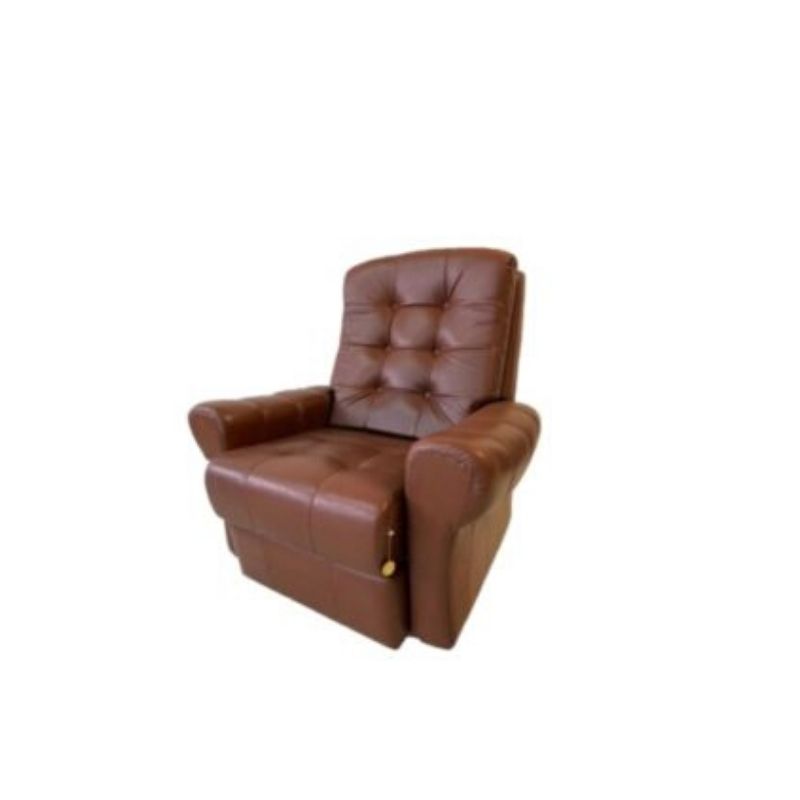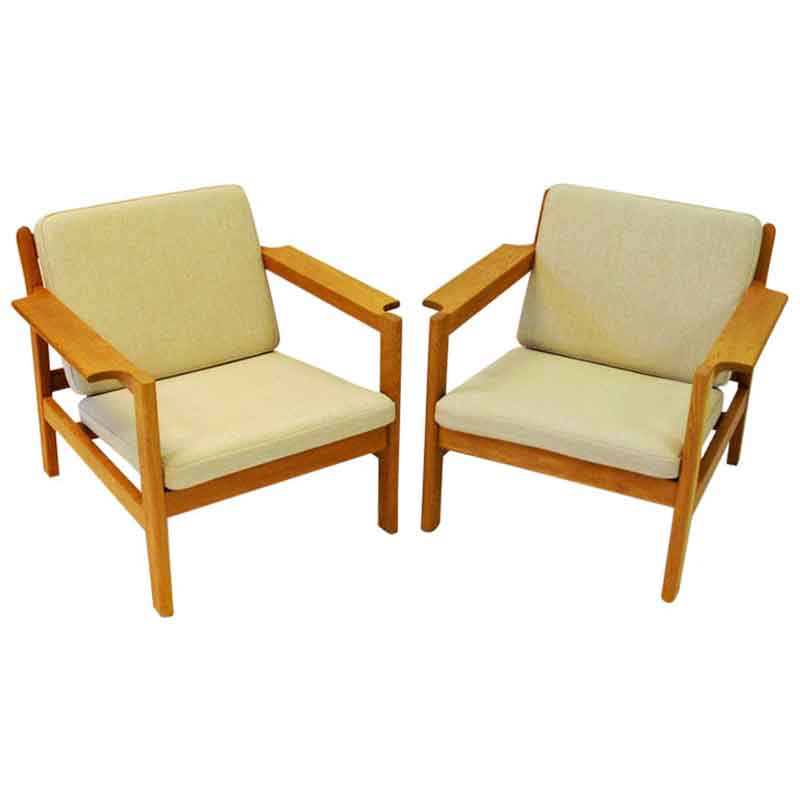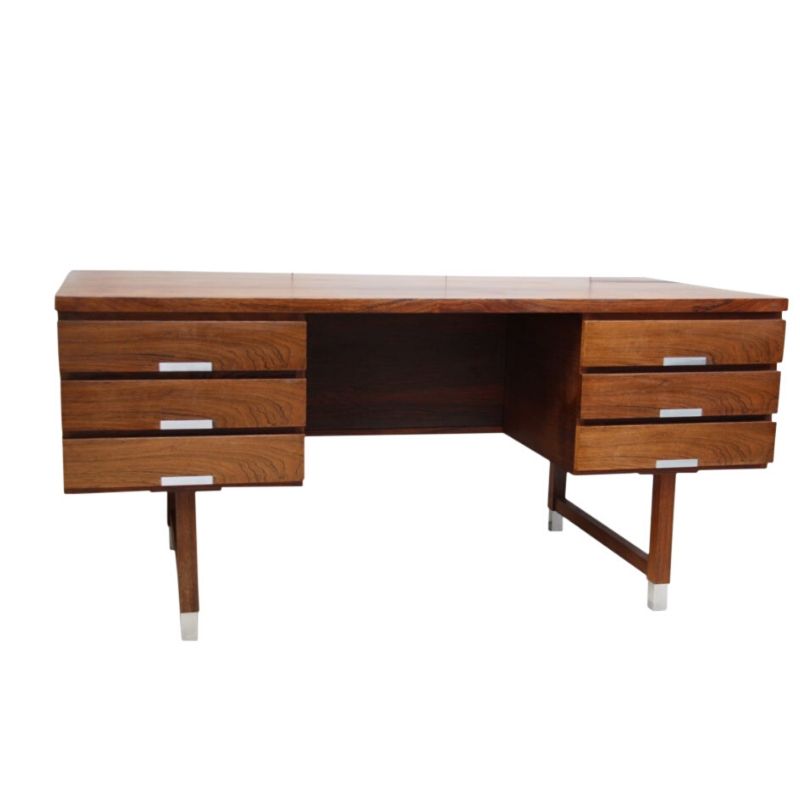negative people
Stephen there are so many negative A%%
H&&&s out in design land and the thing that bothers me is that they love to respond and put there 2 cents in when who needs them . I think some of these jerks just like to write as they have nothing better to
do and can"t enjoy the forum for what it is......a forum
Design or Ikea isn't really...
Design or Ikea isn't really the point here, the problem is journalistic ethics. Australia has a huge problem with this sort of thing, we have very little diversity in hard media, a toothless tiger for a regulatory body and advertisers masquerading as columnists on a daily basis.
Perhaps it should be understood that as seriously as we all take good design other proffesionals (should) take their work equally seriously.
Surely we all dislike the way in which pharmaceutical companies send GPs 'gifts' ?
Bill Moyers Journal
on the broader subject of journalistic ethics please watch Bill Moyers Journal on PBS tonight "Buying the War"
http://www.pbs.org/moyers/journal/btw/watch.html
Thanks HP
I'm glad you like my articles HP. Of course I will include a note that Ikea paid for the trip. And I won't be writing anything about them (expenses paid trip or not) that I don't believe in 100%. For example I often write about King Furniture, but only because I honestly believe their sofas are as well built or better built than the likes of B&B Italia (and a hell of a lot less expensive). Plus it's good to support an Australian company, especially considering Australia's cultural cringe and the plethora of euro-snobs down-under.
Brisbane designer Bryan Steendyk is another 'local' I like to write about and I love his Cero chair.
I get sent products to review all the time, but I only write about the ones that make the grade.
And often editors will pitch me a product or story to write.
To tell the truth, the journalism simply supports my habit as an author.
Not educated
No HP no design education in a formal sense (I have an MA in English from Sydney University). The whole interest in design/architecture came about through the journalism, I kinda just drifted into it because it has always interested me. And I absorbed a lot through osmosis, interviewing people such as Eames Demetrios, Harry Seidler, Engelen and Moore, Philip Cox, Matali Crasset, Marc Newson, Glenn Murcutt, Ed Lippmann, Neil Durbach, Ken Woolley. And each of them would give me architectural books and so on. many of them became close friends (Seidler and Cox and Crasset for example). Some are complete wankers but they really know their stuff. I don't pretend to be a design guru. Like the architects and designers themselves, I'm learning every day.
Hi Stephen....
Being born in the same year, I have some inevitable complicity with Ikea...
So my point of view is less black and white. Let me first say what I disagree with. I disagree with dear Patrick's statement of "plagiarism of Scandinavian cultural heritage" The reason why I disagree is that plagiarism of Scandinavian cultural heritage is synonimous with respect of scandinavian tradition. The difference between heritage and tradition is that heritage is past aquired goods,values and knowledge. Tradition is that part of our heritage that we believe is worth continuing and developing. Heritage is tha part that we want to leave behind. So...to use scandinavian heritage is simply the same as to be traditional....and there is nothing wrong with that. I agree with Olive that it is simply untrue that Ikea copies. Yes, a large number of products can be related to earlier original and innovatibve products (the bended wooden chairs certainly relate to Aalto and others) but it is never the same. Being a producer for a large segment of the market they are simply forced to use a form language that is already known and familiar to that segment. Very innovative products appeal to a small segment of pioneering consumers and that segment is fart to small for Ikea's market.
I only had the time to read diagonaly through the study that Patrick linked to his contribution and honestly, I found so many mistakes (I was familiar with some of the ones in the original Harvard study) that I was discouraged from reading on. I will do it one day, but let me comment on one of the main parts of the study related to the use of low cost labor in developing countries.
Before creating any misunderstanding let me first point out that one of the reasons for starting my own production was that I was sick and tired of seing working conditions in the far east and that I believe that we also for environmental reasons have to produce closer to the consumer...but...I have also seen vietnamese family live disrupted by the fact that the children, working for known multi-nationals at futile wages still earned so much more than their parents (who kept smalll family farms going because it was the only way of keeping the land and between the farm and the factory the factory was the lighter work load) that the traditional values and the authority of the parents were completely undermined by the fact that even these small salaries made the children much richer than the parents. The only thing I want to say is that it is a complex issue. On one hand we have to learn to share the wealth created by industry with other countries. At the same time we should avoid exploiting them and disrupting there social structures. But Ikean can not be blamed for a job that our politicians should have done when they opened the gates to international trade.
cont.
It would have been very simple to link this opening of the borders to both minimal social and environmental standards. They failed to do so because of the so called respect for each country's sovereinty. This failure has created the conditions under which all manufacturers have to work in China and other low wghe countries. In all fairness, why are we pointing the finger at those companies that are at least making an effort in both areas, and keep buying from all the others that do not. Buying a product is not only searching for the satisfaction of a need it also has become a political act and to blame one particular player when the whole game is compromised is simply un-fair.
I hope Stephen taht you have a lovely trip. Sweden is in many ways an amazing country and at Ikea you will meet a group of interesting and hard working designers. You might want to invite them to visit us from time to time at DA. Have a save trip!
can you ask
can you ask them if I can be an Ikea designer too - I'm in London and don't really want to move to Sweden but I do have a Taschen Twentieth Century Design book that once fell in the bath - I could tear out pages at random and send them in once a week in return for a fat salary and my picture in the catalogue.....
Dear Paulanna
It is very nice to have a radical opinion and be able to express it with some sense of humor, be it slightly dark, but in order to sound credible I think you should substanciate your claim with a few exemples. I can not speak for the Ikea designers, although I know a few of them. I have never designed for Ikea, although they sold one of my products for a while. When I pointed it out they took it off the market and apologized. They explained that the products had been offered to them by a Chinese manufacturer that claimed to have designed it and included the declaration of that claim with the apology. But if I was an Ikea designer I would be offended by un-proven comments like the one hidden behind your suggestion to Stephen.
To design for a large organisation like Ikea and serve a large market, one has to design within an existing cultural consensus. In our western societies that consensus is started by innovative work done by part of the design community. Upon reaction of the public (acceptance or rejection) other designers continue the process and translate the newly acquired standards into products for larger groups of people. That becomes the stepping stone for a new cycle of innovation. There is nothing more or less honorable in being par t of one group or another in that design community. Ikea is and has always been one of these few companies that with the help of a consumer friendly attitude (they pioneered the play areas and restaurants in stores) has been able to get a large group of more traditional consumers into more functional, better designed products. But even Ikea is not capable of running faster than their own clients. Sometimes they do and most of the time they fall flat on their noose.
You might argue that with the marketing capacity they have they should be able to promote anything, well, things do not work that way, and as you know outside the store Ikea will promote the name and the store, and sometimes some particular area like kitchen cabinets but not specific products...which is in line with all furniture manufacturers.
Does some chairs are reminiscent of Bruno Mathsson? Reminded their most popular high chair for children the one designed by Nanna Ditzel, yes but not more than what is common in the scandinavian furniture industry. If you have evidence of the contrary you should share it with us.
koen
In my current (UK edition) Ikea catalogue there is a full page spread of Ikea's so - called design team with the heading 'Individually Designed'. In the same issue I can find (without trying at all hard) - and lets not mince words - copies - of designs by Aalto, Saarinen, Robin Day, Antonio Citterio etc. This from this year's 'crop' of Ikea designs. I know this is nothing new (from Chippendale to the B14 to the Wassily chair) but I feel Ikea's practice of attaching designer names to products which aren't their own morally bankrupt. A knock -off is a knock -off is a knock -off.
If you need any help, please contact us at – info@designaddict.com









